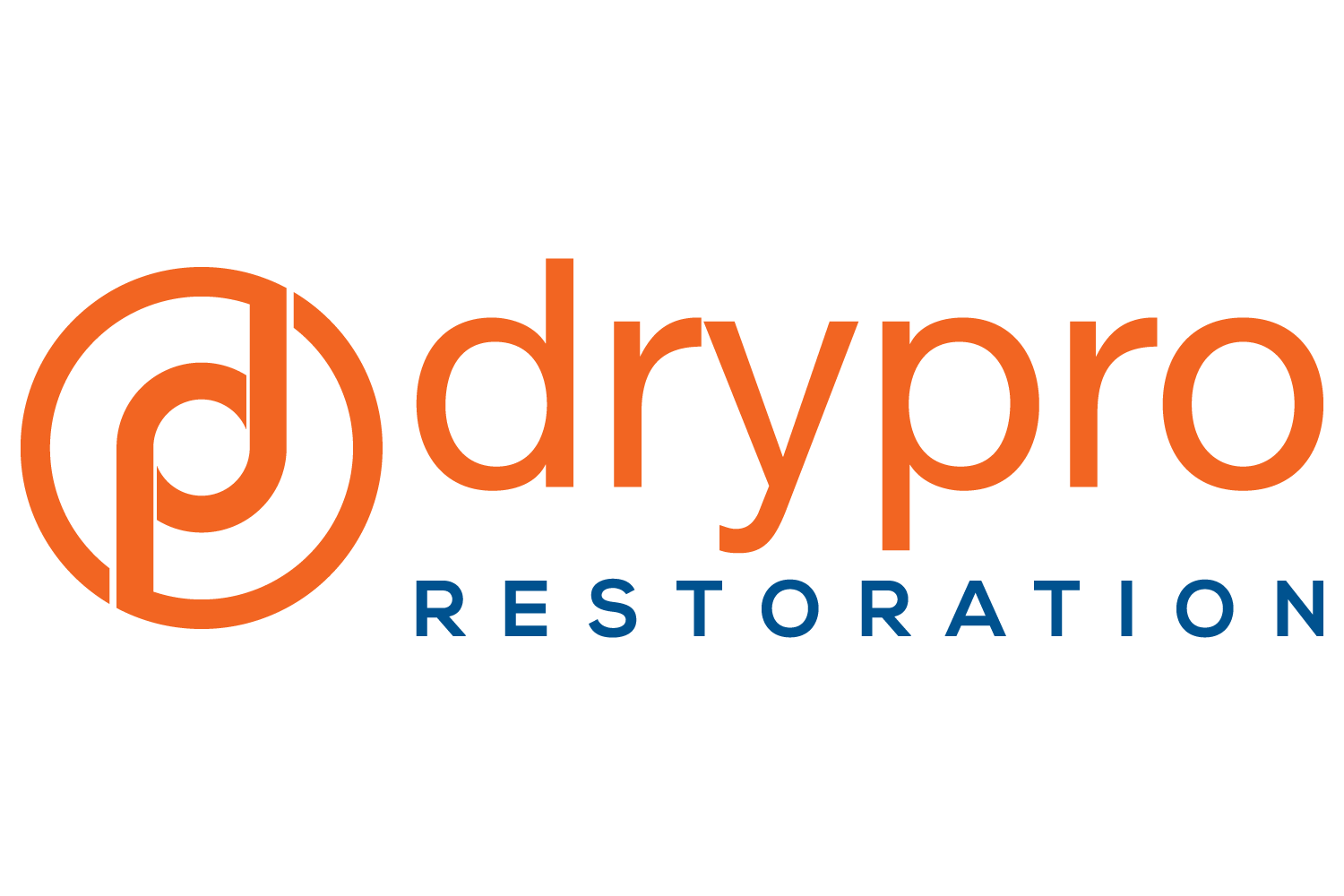The Top 3 Care Tips for Wet Items
In the aftermath of water damage in Livingston, New Jersey, a homeowner may not be sure how to handle wet contents. The composition of each item determines the best approach to handling contents exposed to water in home. These three content care tips may be helpful for the earliest stages of water damage mitigation. Content restoration professionals can follow up with the best methods for restoring any materials.
1. Disinfect or Dispose of Contaminated Items
Disinfection is necessary for items contaminated with Category Two or Category Three water. Category Two Gray water may contain chemicals or microbes, and Category Three black water contains solid waste. If damaged items are delicate, a homeowner should contact a content restoration service.
2. Consider Content Restoration for Delicate Items
Delicate items such as upholstery exposed to water in home may benefit from dry cleaning or other specialized processes. For instance, non-porous materials may benefit from immersion in cleaning solution and the application of ultrasonic waves. Wet books or papers can be freeze dried. These cleaning methods are done at a specialized off-site facility and items are stored until restoration of a residence is complete.
3. Try To Dry Out Items As Soon As Possible
Most items that stay wet or damp for days will sustain progressive damage and become more at risk for developing mold. For this reason, air drying is recommended for most contents, particularly items exposed to clean water from a broken pipe. Exercise caution exposing items such as furniture to heat or direct sunlight, which may bleach colors or cause wood to warp.
If you are not sure whether items can be recovered, consult with restoration specialists as soon as possible after water damage occurs at a residence in Livingston, New Jersey. Trained experts can recommend the best way to get out water in home or treat delicate contents at an offsite facility.

